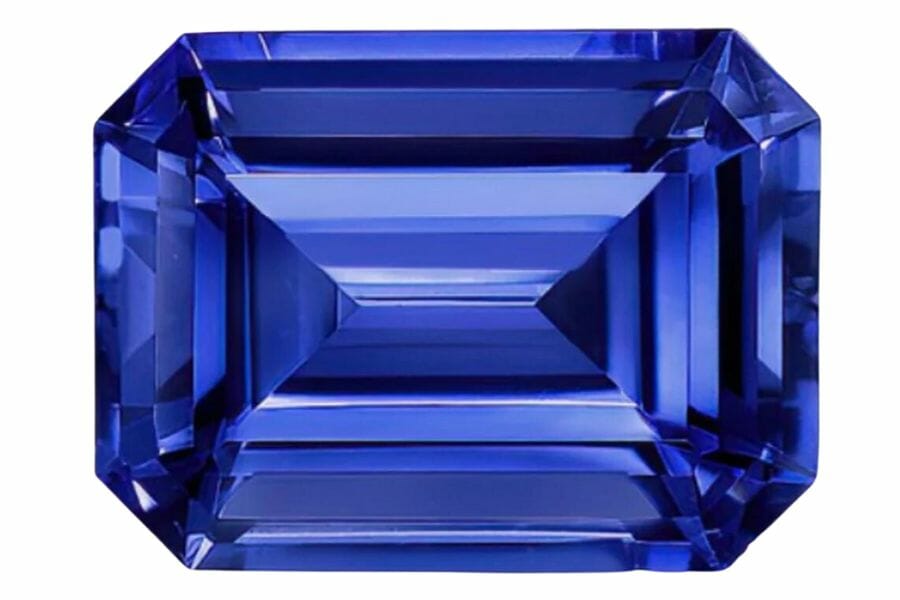Sapphires and diamonds are loved for their beauty and often used in various pieces of jewelry, from engagement rings to elegant necklaces. But when you delve deeper into comparing sapphires vs diamonds, you’ll find there’s a lot to uncover.
They’re not just different in color; their origins, hardness, and even the way they play with light are quite distinct.
Yet, they also share some similarities. Many might wonder, for instance, if one is rarer or more expensive than the other, or which one is tougher.
If you’ve ever been curious about how these stones stack up against each other, you’re in for an enlightening journey!
Sapphires vs Diamonds – The Major Differences
Sapphires and diamonds are both beautiful gemstones, but they have some key differences. While they might look somewhat similar at first glance, a closer look reveals unique characteristics for each.
Before choosing one for jewelry or another purpose, it’s essential to understand what sets them apart.
Clarity – Diamonds are considered to be higher quality if they’re very clear
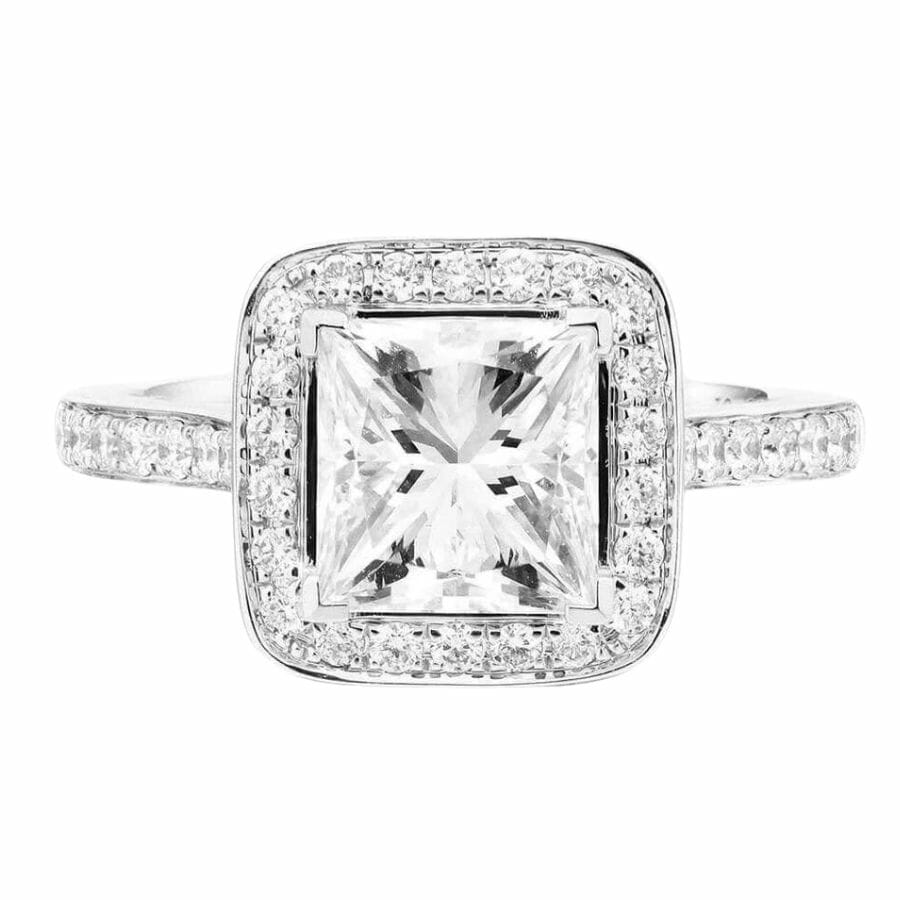
Sapphires and diamonds, though both sought after for their beauty, have unique aspects when it comes to clarity. Clarity refers to the tiny natural imperfections found inside gemstones.
These are called inclusions, and both diamonds and sapphires can have them.
Clarity is a big deal for diamonds. People often want diamonds with as few inclusions as possible because these can interfere with the gem’s sparkle. The fewer the inclusions, the more valuable the diamond usually is.
High-quality diamonds with very few or no visible inclusions are especially prized and can fetch higher prices.
On the flip side, sapphires have a different relationship with inclusions. While clear sapphires without many inclusions are valuable, sapphires can also have a special kind of inclusion called “silk.”
These are fine, needle-like inclusions that can give the sapphire a soft, velvety appearance.
In some cases, the presence of silk can increase a sapphire’s value. This is because silk can enhance the stone’s overall look, making it more unique and desirable to some collectors and buyers.
Colors – Sapphires come in a variety of colors, but not red
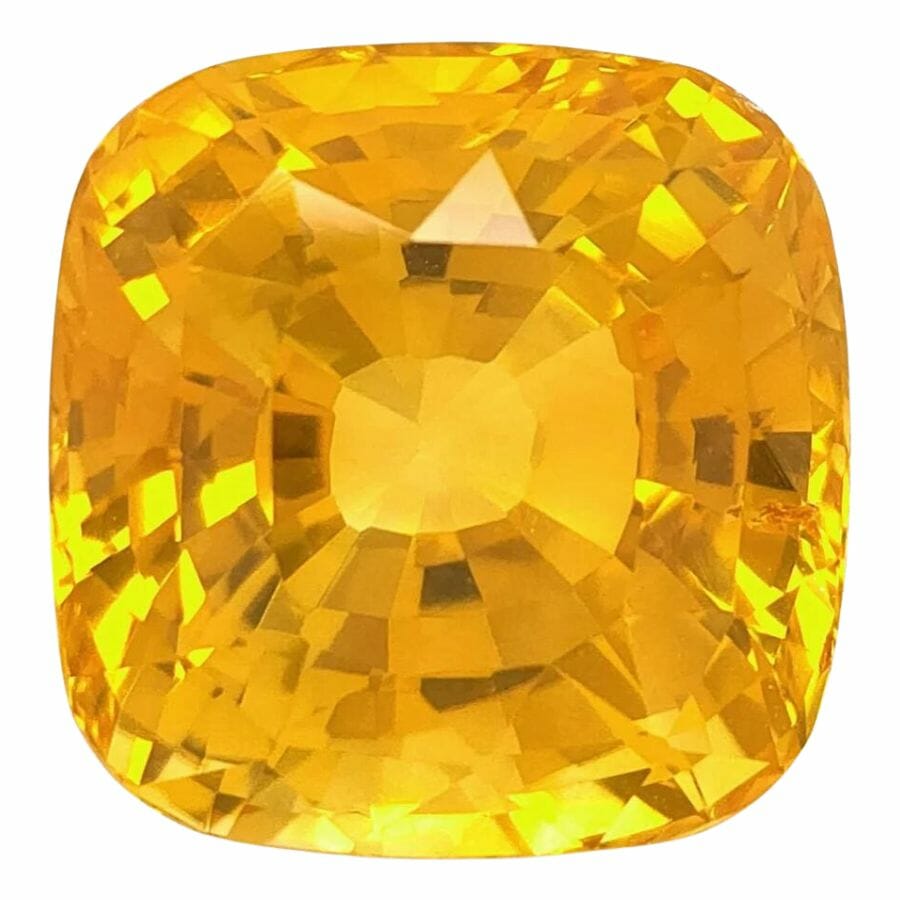
Sapphires and diamonds are treasured not just for their sparkle, but also for the variety of colors in which they appear.
Most of us instantly picture sapphires as gems with a deep, mesmerizing blue hue. That iconic blue is indeed the most recognized color for sapphires. However, sapphires have a secret: they come in a rainbow of other colors too!
You can find sapphires in green, yellow, purple, pink, and even clear or white. There’s just one color you won’t find a sapphire in, and that’s red. Red sapphires have their own special name – rubies!
Diamonds, on the other hand, have a different color story. Many people imagine diamonds as clear or colorless gems.
But nature likes to mix things up a bit. Diamonds can show up in various colors due to different impurities trapped inside.
These colors can range from shades of yellow and brown to rarer colors like blue and green. There are even black diamonds, which have become quite trendy in jewelry.
Luster – Diamonds have a special kind of shine
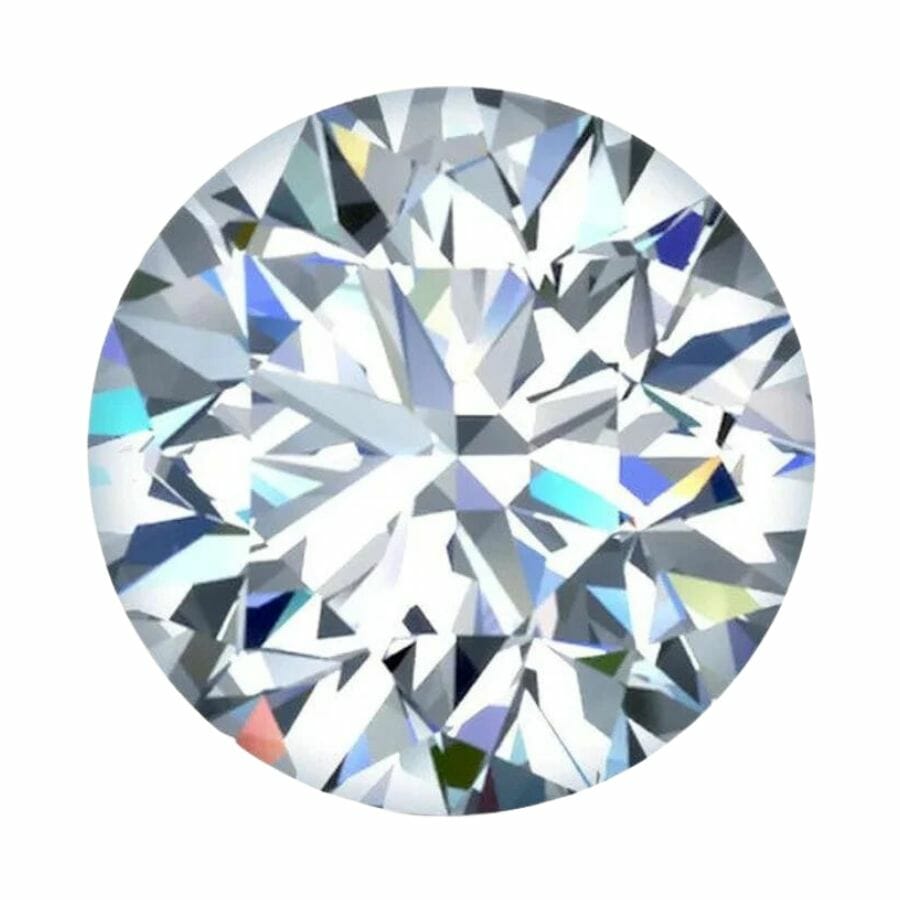
Luster is all about how a gemstone reflects light from its surface, and it’s one of the key features that makes certain gems stand out.
When we talk about sapphires, they have what’s known as a vitreous luster. This means that when light hits the surface of a sapphire, it reflects it in a way that’s similar to how light would bounce off a piece of glass.
It’s this glassy shine that makes sapphires look so enchanting.
Diamonds, though, are in a league of their own when it comes to luster. They possess an adamantine luster. The word “adamantine” might sound fancy, but it basically means “diamond-like.” It’s the highest level of luster a gem can have.
This unmatched shine is one of the reasons diamonds are so beloved. When light interacts with a diamond, it’s not just reflected off the surface. The light also bends and scatters inside, which makes diamonds sparkle intensely.
To visualize the difference, think of a clear, calm pond (that’s the sapphire) and a glittering, bubbly fountain (that’s the diamond). Both are beautiful in their own ways, but they shine and reflect light differently.
Crystal structure – Sapphire crystals look like three-sided pyramids
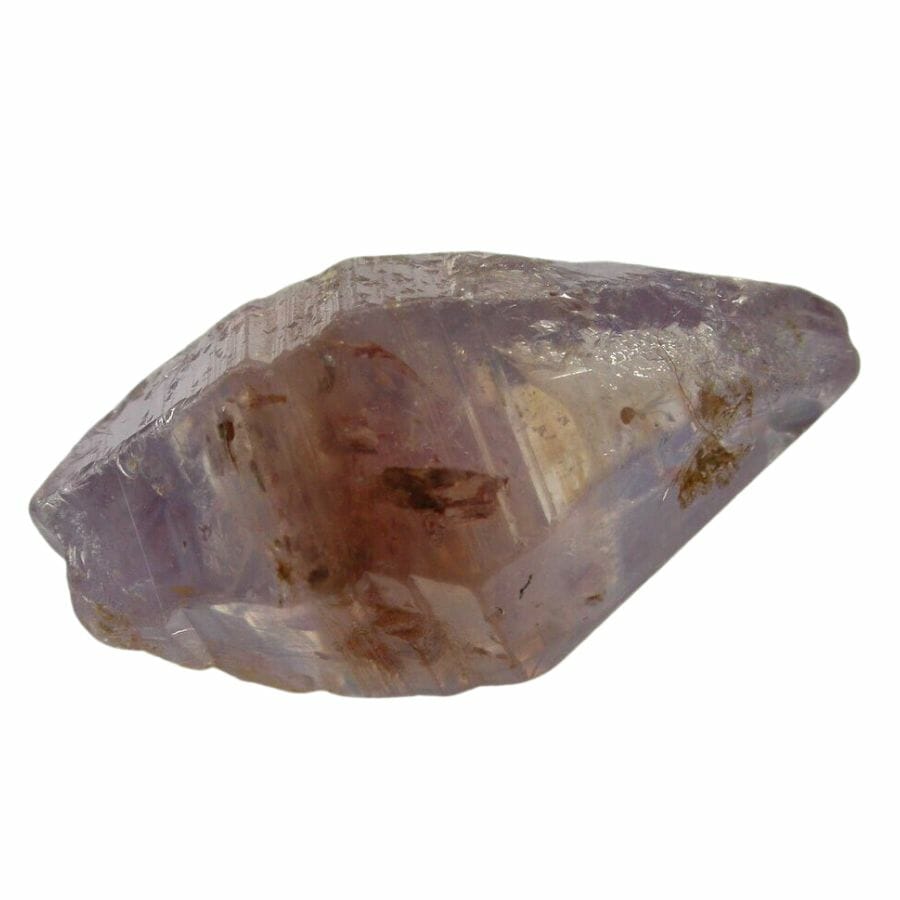
The crystal structure of a gemstone is like its inner blueprint. It tells us how the atoms inside the gem are arranged, and this arrangement affects a gem’s properties and appearance.
Sapphires, for starters, belong to what’s called the trigonal crystal system. Picture in your mind a three-sided pyramid; that’s kind of the basic shape of the trigonal system.
This means sapphires form in crystals that have three equal axes that are all in the same plane, but they have a fourth axis that’s a different length and set at an angle.
This unique arrangement is one reason why sapphires have such a varied and interesting shape when they’re found in nature.
Diamonds, on the other hand, are all about squares and cubes. They’re part of the cubic crystal system. This means their crystal structure looks like a box, with all sides equal and all angles right angles.
Everything is symmetrical in the cubic system, which gives diamonds their classic, balanced shape. It’s this structure that helps diamonds split light in that special way, giving them their famous sparkle.
Hardness – Diamonds are the hardest known material on Earth
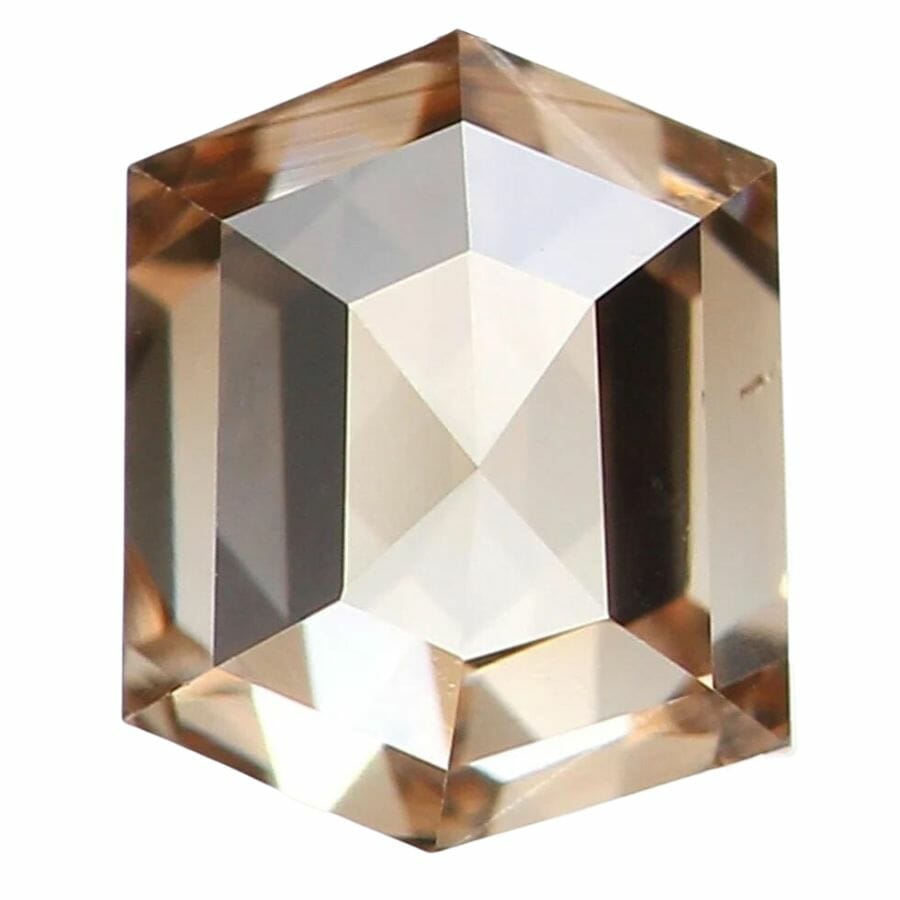
One of the most important things that distinguish diamonds vs sapphires is hardness.
Hardness in gemstones is a big deal because it tells us a lot about how durable and scratch-resistant a gem is. The Mohs scale is what we use to measure this hardness, and it runs from 1 (really soft) to 10 (super hard).
Sapphires are pretty tough customers. Scoring a 9 on the Mohs scale, they’re the second hardest natural gemstone out there.
This makes them an excellent choice for everyday jewelry like rings and bracelets, as they can stand up to a lot of wear and tear without getting easily scratched. When you wear a sapphire, you’re wearing a gem that’s resilient and built to last.
But then there are diamonds, and they’re truly in a class of their own. Diamonds rank a solid 10 on the Mohs scale. This means they’re the hardest natural substance we know of.
In practical terms, this hardness is why diamonds are not just used in beautiful jewelry but also in industrial tools for cutting and drilling. Nothing can scratch a diamond, except another diamond.
So, when you see that classic diamond sparkle, know that beneath that shine is also unmatched strength.
Cleavage – Sapphires don’t break cleanly
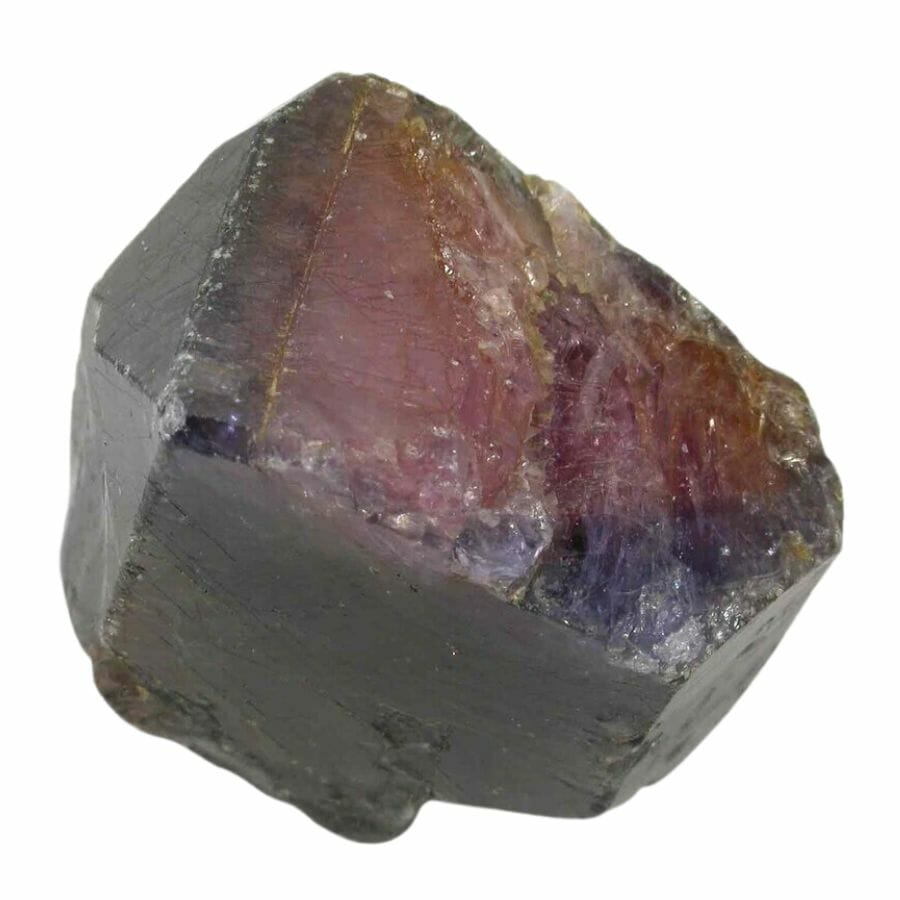
When we talk about cleavage in gemstones, we’re not talking about fashion or looks. Cleavage refers to how a gem breaks or splits along its internal planes. It’s like the natural fault lines inside the gem.
Take diamonds as an example. They might be super hard and nearly scratch-proof, but they have a secret vulnerability. Diamonds have perfect cleavage in four directions.
This means that if you apply pressure in just the right way, you can split a diamond cleanly along these planes. It’s a bit like tearing a piece of paper along a pre-folded line.
Understanding diamond cleavage is crucial for jewelers, especially when they’re cutting or setting a stone. They need to work with the cleavage, not against it.
Sapphires, however, play by different rules. They have poor cleavage. This means they don’t break or split as cleanly or predictably as diamonds. Instead, they can show something called “parting.”
Parting is when a sapphire might break, but it’s more random and less regular than cleavage. This characteristic makes sapphires a bit more forgiving to work with than diamonds in some situations.
Chemical composition – Diamonds are made of pure carbon
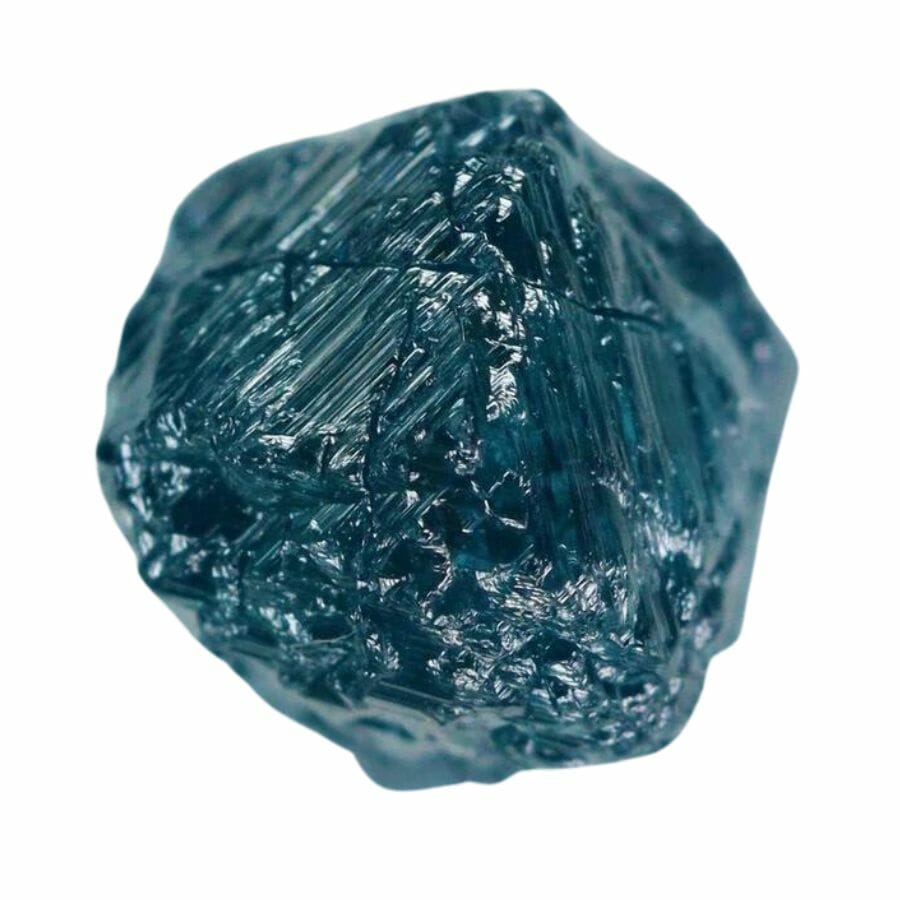
At the heart of every gemstone, there’s a unique recipe of elements that make it what it is. It’s like the list of ingredients in a dish, and for gemstones, this recipe is all about their chemical composition.
Let’s start with diamonds. Diamonds have a simple ingredient list: just carbon. That’s it. It’s this pure carbon arrangement that gives diamonds their incredible hardness.
The carbon atoms are all tightly bonded together, creating a structure that’s super strong and durable. Because of this, diamonds don’t just dazzle in jewelry; they also have industrial uses, like in cutting tools.
Now, sapphires have a different story to tell. They’re made up of aluminum oxide. This might sound more complicated than just carbon, but it’s this combination of aluminum and oxygen that gives sapphires their distinct qualities.
The presence of tiny amounts of other elements can change the color of the sapphire. For instance, traces of iron and titanium can give us the classic blue sapphire, while other elements might produce yellow or pink shades.
Density – Sapphires are noticeably denser
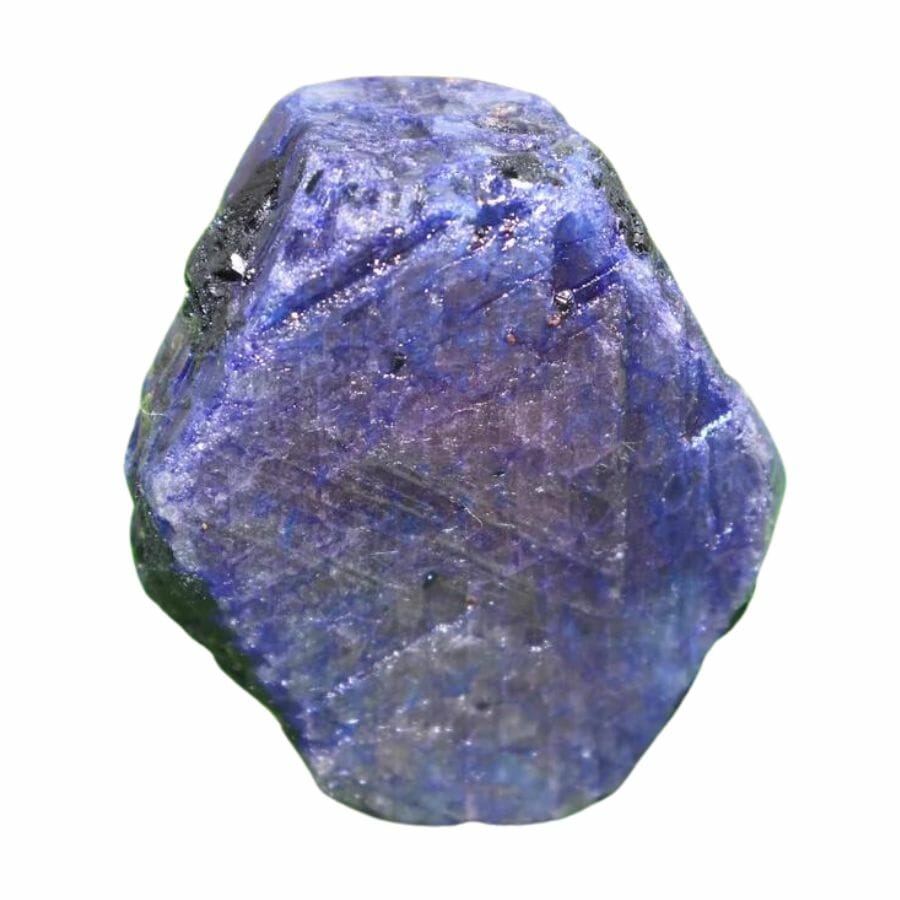
Density describes the amount of matter that’s packed into a certain space. Think of it as comparing two boxes of the same size: one filled with feathers and the other with sand.
The one with sand is denser because there’s more material in the same amount of space.
Now, let’s chat about sapphires and diamonds. Sapphires have a density of 3.98 grams per cubic centimeter.
In simpler words, if you had a little cube that was a centimeter on each side and it was packed full of sapphire, it would weigh around 3.98 grams.
Diamonds, on the other hand, are a tad lighter in terms of density. They usually clock in at about 3.5 to 3.53 grams per cubic centimeter. So, using our cube example again, a diamond-filled cube would weigh a bit less than the sapphire one.
Why does this matter? Well, for jewelers and gemologists, understanding density can help them identify and differentiate between gemstones. If you have a gem that looks like a diamond but is denser, it could be a sapphire or some other gem
Formation – Diamonds are formed much deeper in the Earth
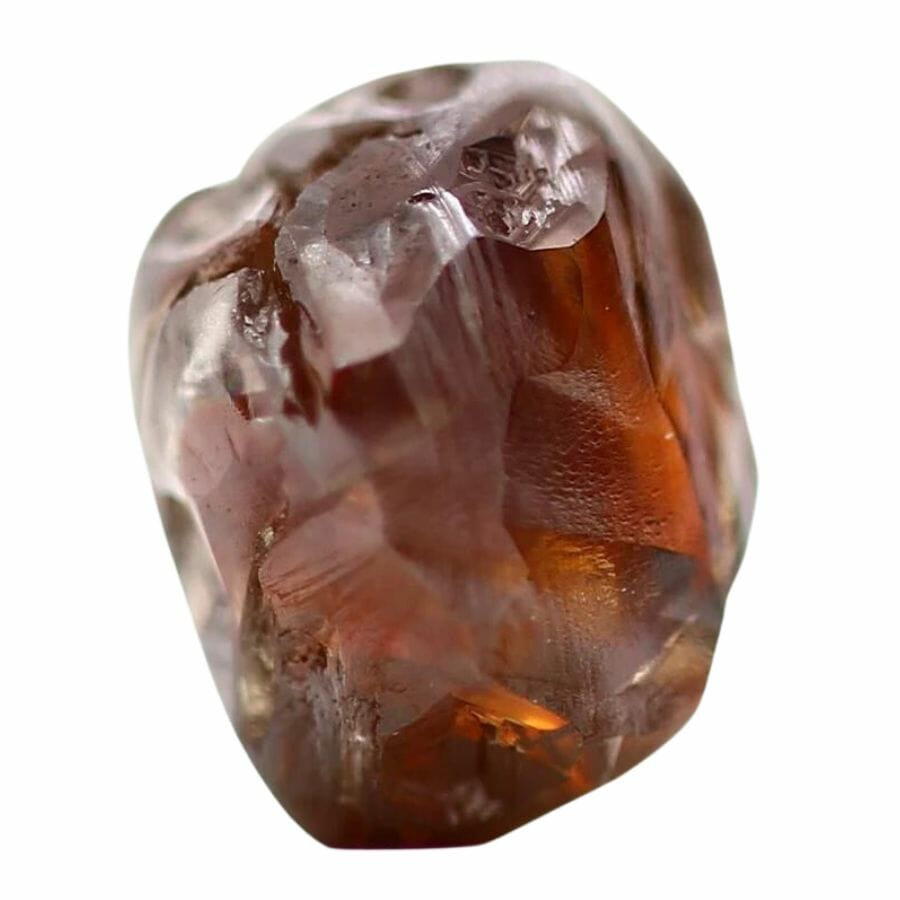
Every gemstone has its own origin story, a tale of how nature brought it into existence. Sapphires and diamonds are no exceptions.
One of the best rockhounding locations for sapphires is in areas with metamorphic or igneous rocks.
Metamorphic rocks are rocks that have transformed due to heat and pressure over time. Imagine a simple clay brick being squeezed and cooked until it becomes a hard, shiny tile. That’s sort of what happens with metamorphic rocks.
Sapphires can also pop up in certain types of igneous rocks, which are rocks formed from cooled lava or magma.
So, you could say sapphires are born from both the fire of volcanoes and the pressures of the Earth’s crust.
Diamonds, though, dive even deeper for their beginnings. They’re formed way down in the Earth’s mantle, where conditions are super extreme. We’re talking about crazy levels of heat and pressure.
Over a really long time, carbon atoms down there bond tightly together to form diamonds. These diamonds then get pushed to the surface in volcanic eruptions through special volcanic pipes.
Fluorescence – Sapphires can glow under UV light if they don’t have too much iron content
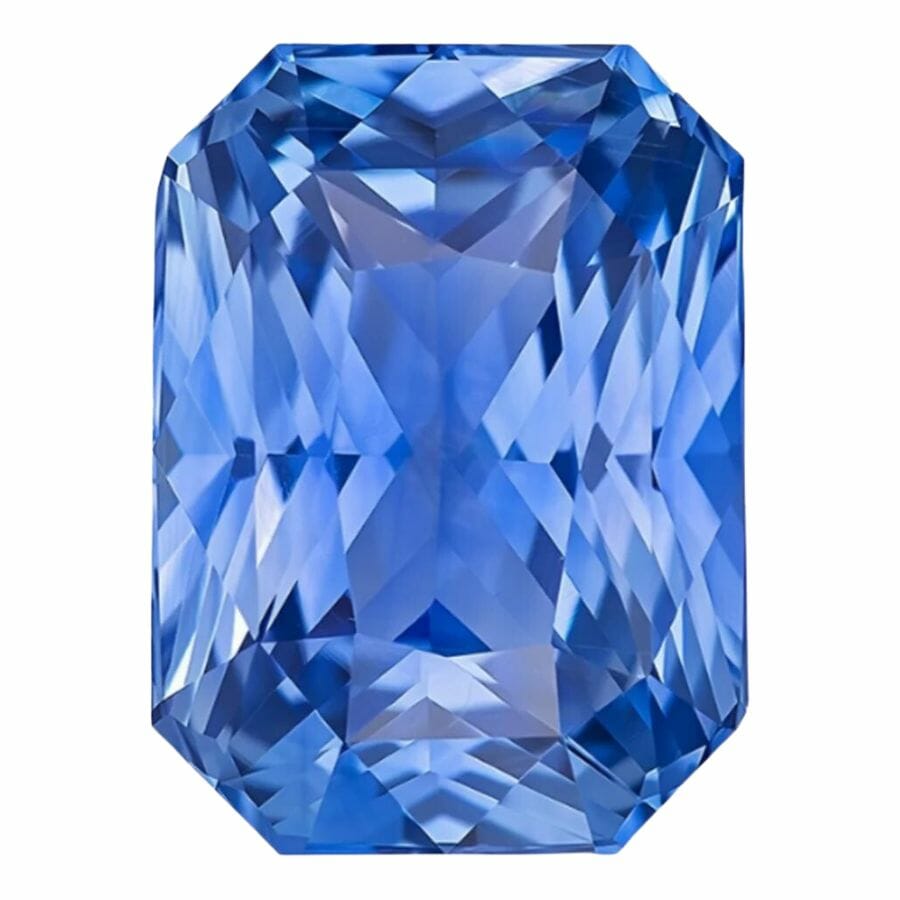
Fluorescence is like a hidden glow that some gemstones have. When you shine a UV light on them, they can light up in colors that you wouldn’t see otherwise. It’s like a secret party trick for gems!
Now, sapphires are pretty cool when it comes to this. If they don’t have too much iron in them (because iron can put a stop to the glow), sapphires can really light up under UV light.
Depending on what they’re made of, they might glow pink, red, or even orange.
The neat thing is, if you see a strong pink or red glow in a blue sapphire, you can be pretty sure it’s a natural stone.
On the other hand, sapphires made by people in labs (called synthetic sapphires) don’t glow as much because they usually have less of the chromium that causes the glow.
Diamonds have their own fluorescence story. Only some diamonds (around 25% to 35%) will glow when you shine a UV light on them. Most of the time, they’ll glow blue.
But every once in a while, you might find a diamond that glows yellow or green. It’s super rare but really cool when it happens.
Price – Diamonds are much more expensive
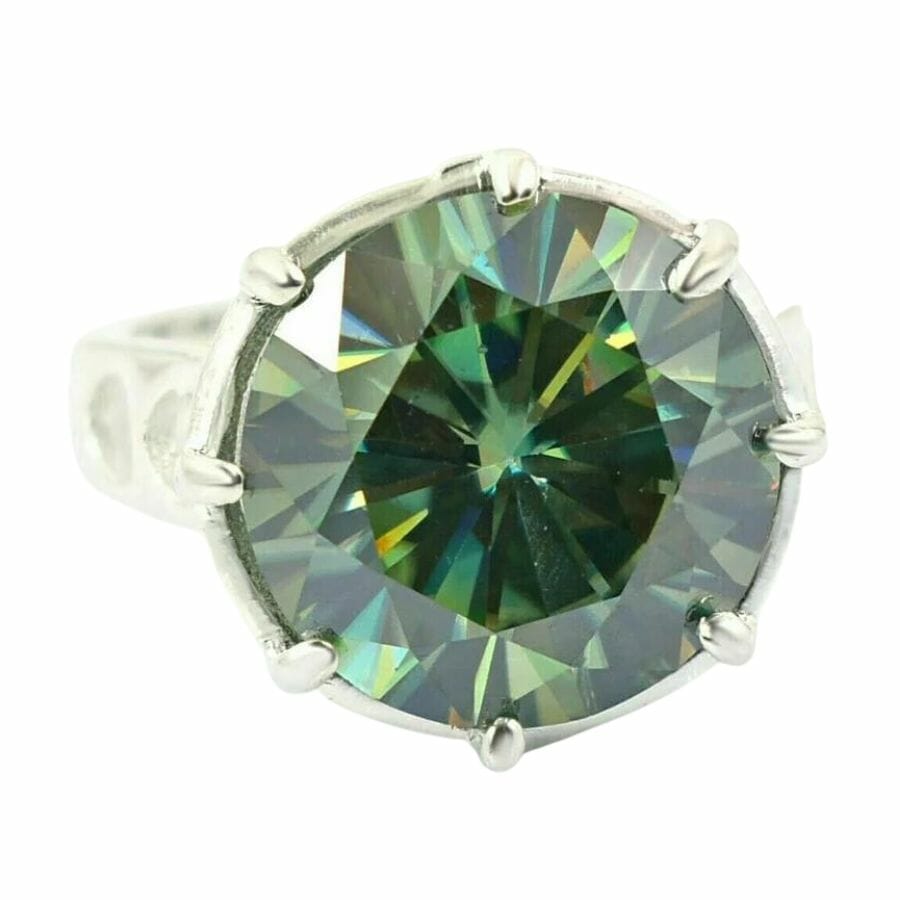
When you go shopping for gemstones, it’s a bit like looking at price tags in a store. Just like some clothes cost more than others, the same goes for gems, especially when you compare diamonds vs sapphires.
Sapphires are indeed valuable, cherished for their beauty and range of colors. However, when you check their price per carat (which is how gemstones are usually weighed), they’re often less pricey than diamonds.
There are various reasons for this. Sapphires are found in more places around the world and in larger sizes than diamonds, which can make them a little easier on the wallet.
Diamonds, on the other hand, have a rep for being pricier, especially the high-quality ones. They’ve been marketed really well over the years, making them super popular for things like engagement rings.
This demand, combined with the fact that truly top-notch diamonds without any flaws are rare, means that the price of diamonds can go pretty high.
Of course, there are always exceptions. Some super rare sapphires can fetch hefty prices, and not all diamonds will break the bank.
But in general, if you’re comparing them side by side, a diamond is likely going to cost you more than a sapphire of a similar size.
Location – Sapphires can be found in Australia, Asia, and Africa
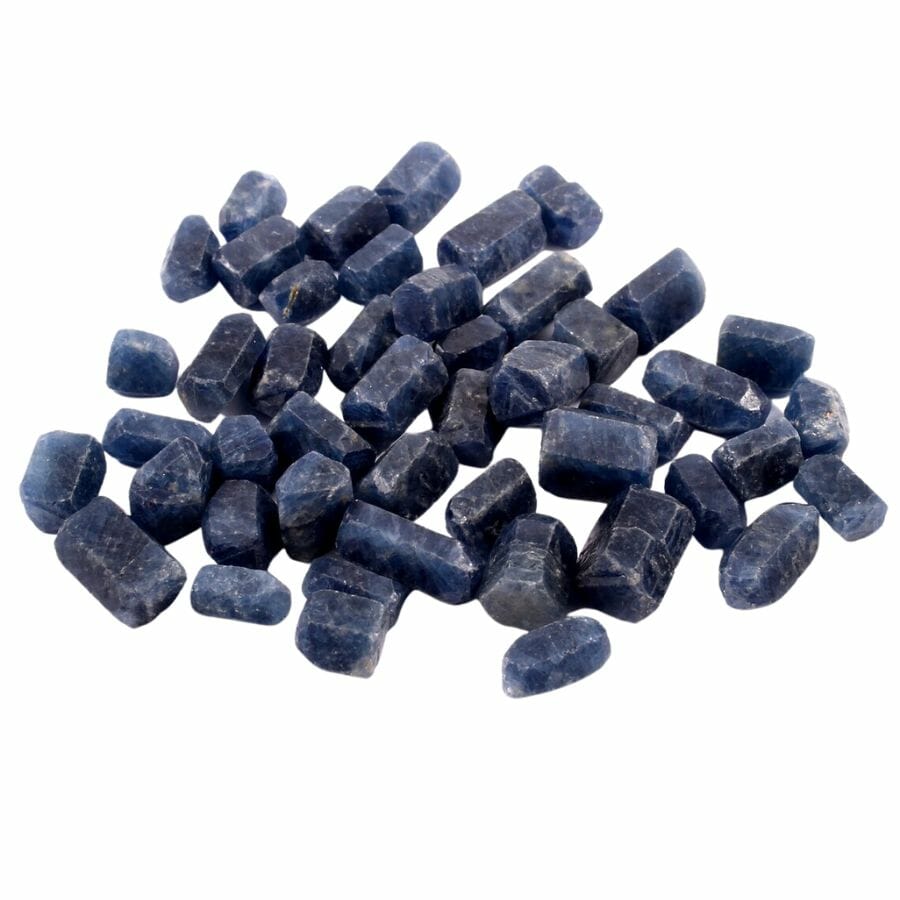
When we talk about where gemstones come from, it’s a bit like a worldwide treasure hunt. Both sapphires and diamonds are scattered across the globe, but they have their own favorite spots.
Sapphires, for instance, seem to be quite the travelers. These gorgeous stones can be found in many corners of the world, such as Australia.
Or maybe you’d like to venture to Asia; countries like Cambodia, Myanmar, and Thailand are known for their sapphires. The US even has its own sapphire spot in Montana!
From Africa’s Madagascar and Tanzania to Asia’s India and Vietnam, these stones pop up in a lot of places, each with its own unique shade and quality.
Diamonds come from deep within the Earth, and mining for crystals like these often takes us to remarkable depths and locations.
Some of the biggest names in the diamond world are Russia and Botswana. But they’re not the only ones. Canada, Australia, and several African countries, like Congo, South Africa, and Namibia, are also big players in the diamond game.
Each of these locations brings diamonds to the surface in its own special way, often through deep volcanic pipes.
Diamonds vs Sapphires – The Similarities
Sapphires and diamonds are often celebrated for their beauty and value. Even though they have their differences, they share some surprising similarities. Exploring these shared traits can give us a deeper appreciation for both gemstones.
Streak – Sapphires and diamonds don’t leave a streak
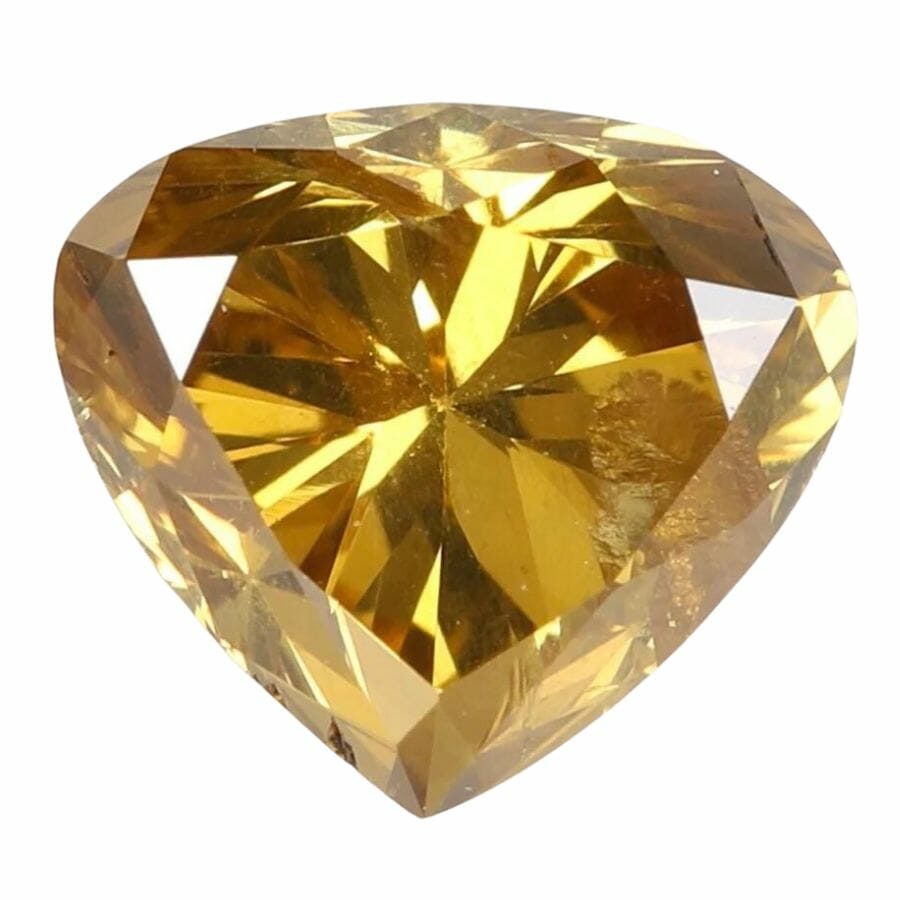
A streak is the color of the powder that a mineral leaves behind when it’s scratched across a rough surface, usually a white ceramic tile known as a streak plate. This is a helpful way to identify many minerals.
For example, while the mineral might be one color in its whole form, its streak color can be totally different. It’s kind of like a mineral’s secret identity!
Sapphires and diamonds are a bit of an exception. These two gems are so hard that they don’t leave a streak. Why? Because they’re both much harder than the streak plate itself.
When you try to make a streak with a diamond or sapphire, the streak plate is more likely to get scratched than the gem!
Magnetism – Neither mineral has magnetism
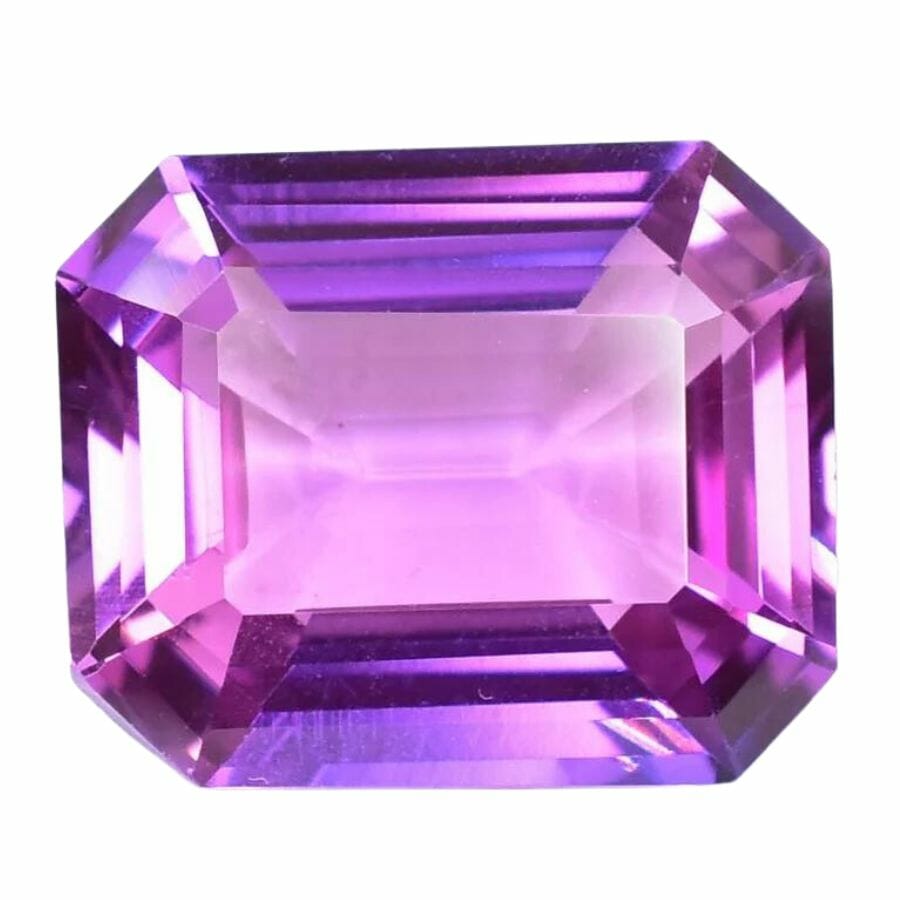
Magnetism is like a secret power some materials have, drawing other things towards them. But not everything has this ability. Take, for example, our gemstone friends: sapphires and diamonds.
Sapphires, with all their beautiful colors and shine, don’t have a magnetic pull. Despite the many elements and trace minerals that can be present in sapphires, they remain non-magnetic.
Diamonds, those sparkly and often pricey gems, share this trait with sapphires. Even though diamonds are formed deep within the Earth’s mantle under extreme conditions, they also don’t have any magnetic pull.
Conductivity – Both can conduct heat but not electricity
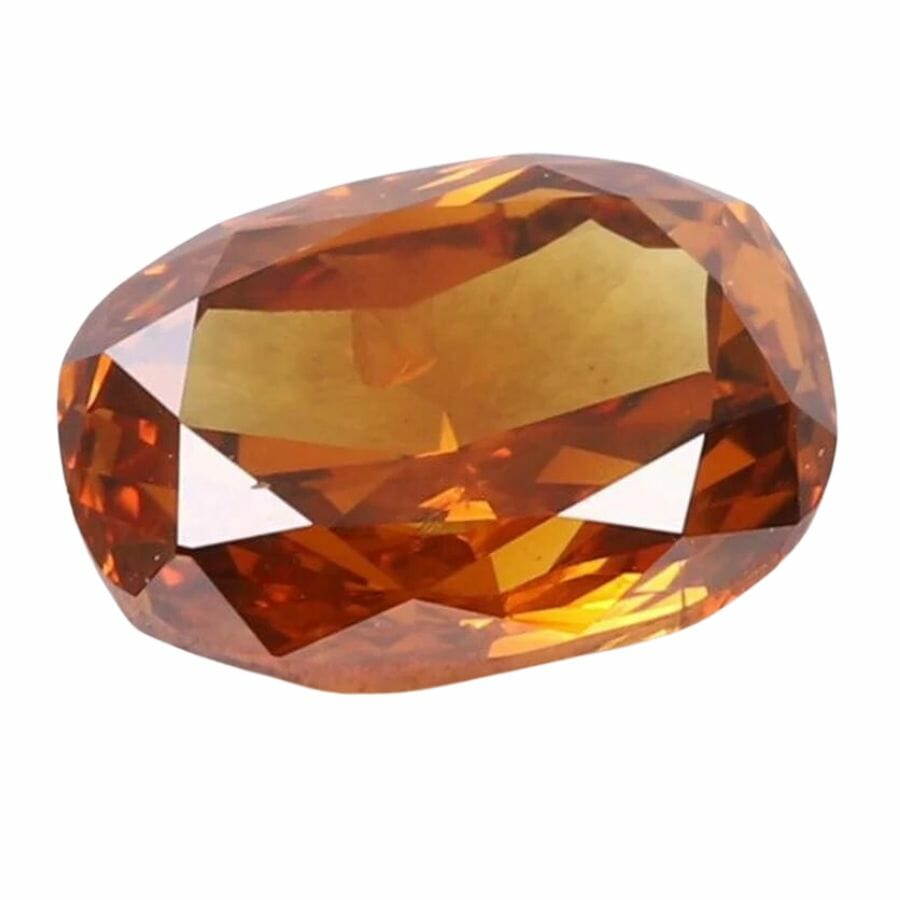
Have you ever wondered if gemstones could conduct, like metals do? It’s an interesting thought! Both sapphires and diamonds have unique ways they interact with energy, especially when it comes to heat and electricity.
First, let’s talk about heat. Both sapphires and diamonds are pretty impressive when it comes to conducting heat.
Diamonds, especially, are champs at this. They can transfer heat rapidly, which is one of the reasons they feel cold to the touch when you first pick them up. Sapphires aren’t too shabby either; they can also spread heat through themselves.
But when it comes to electricity, it’s a different story. Neither sapphires nor diamonds are good conductors of electricity. This means if you tried to use them in an electrical circuit, you wouldn’t get very far. The current just won’t pass through.
The Easiest Ways to Tell Sapphires and Diamonds Apart
Sapphires and diamonds might both shine brightly, but they’re not the same. If you’ve ever wondered how to tell them apart, you’re not alone. There are some simple ways to spot the differences between these two popular gemstones.
Look at how the stone sparkles
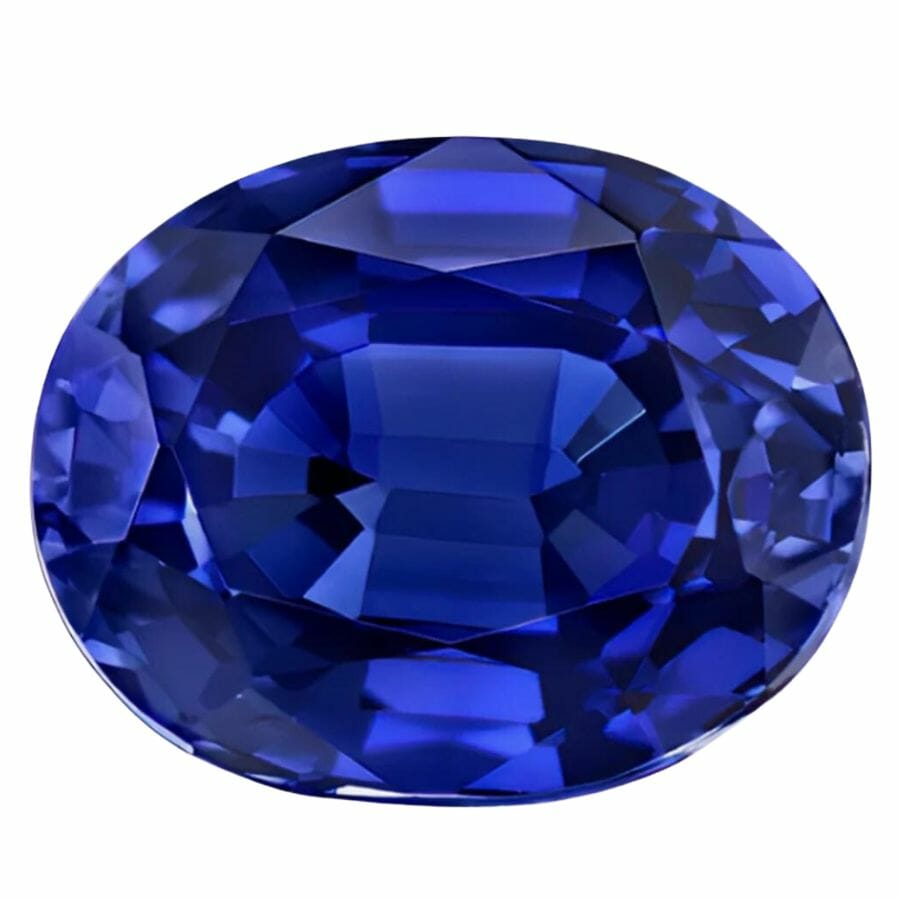
When trying to identify if a gem is a diamond or a sapphire, the sparkle can be a big giveaway. Diamonds are famous for their brilliant sparkle, and this isn’t just any regular shine.
What sets diamonds apart is their unique ability to split light into a spectrum of colors, creating a beautiful play of rainbow-like colors inside the gem. This effect is known as “fire,” and it’s one of the main reasons diamonds are so loved.
On the other hand, sapphires don’t showcase this same fire. While they do shine and have a lustrous appeal, their sparkle is more subdued. It’s often described as vitreous, or glass-like.
So, if you’re looking at a gem and it has a calm, clear shine similar to a piece of glass, it’s likely a sapphire. But if it’s bursting with vibrant colors and looks like there’s a tiny rainbow trapped inside, you’re probably gazing at a diamond.
Knowing this difference can help you quickly tell these two beautiful gems apart just by observing their sparkle.
Feel the difference in weight
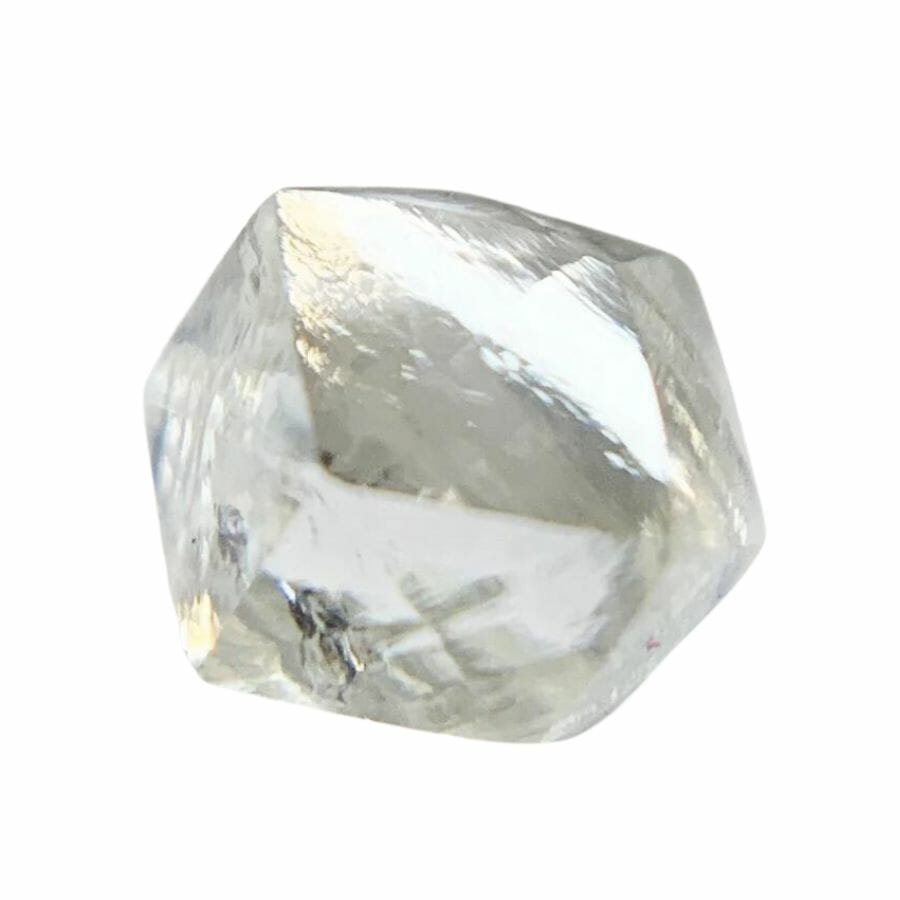
A fun way to spot the difference between sapphires and diamonds is by feeling their weight. Though it might sound surprising, sapphires are actually denser than diamonds.
This means if you were to take two stones of the exact same size, one a sapphire and the other a diamond, the sapphire would feel a tad heavier in your hand.
Of course, this isn’t a method gemologists would rely on, as it’s subtle and requires a keen sense of touch. But, if you ever get a chance to hold two similar-sized stones, one diamond and one sapphire, you might notice the difference.
The weightier feel of the sapphire can give you a clue about its identity. It’s a nifty little trick that showcases the uniqueness of each gem’s properties.
Ask about the stone’s origins
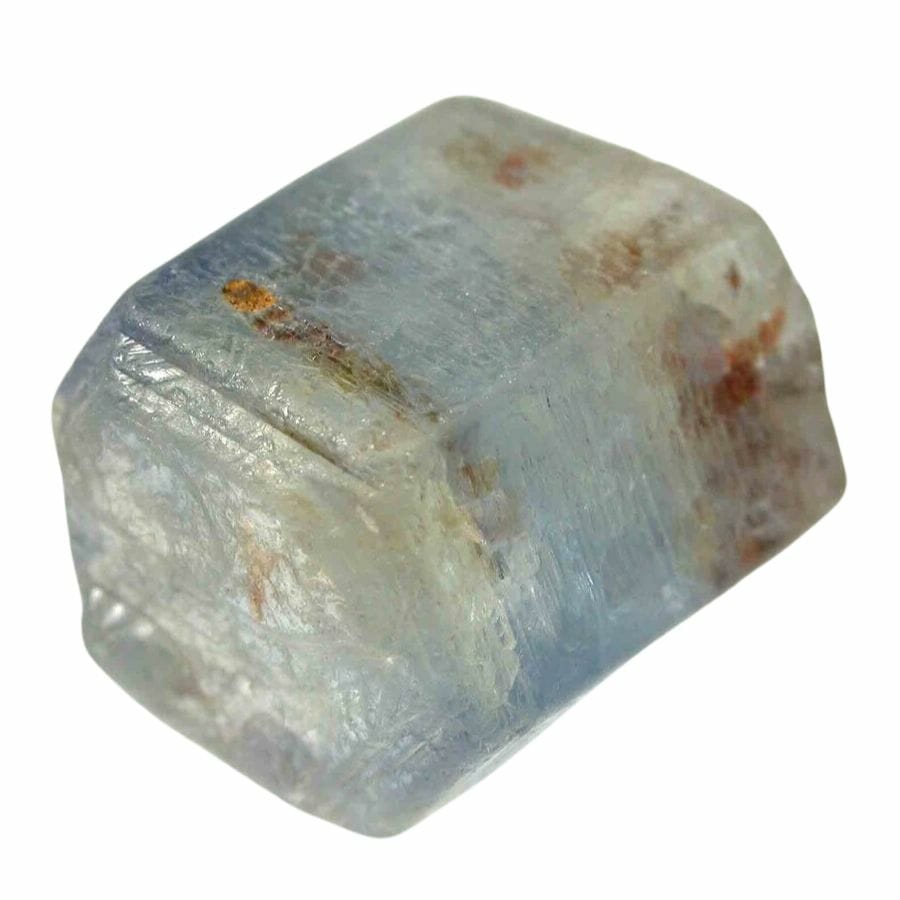
Understanding where a gemstone comes from can be a key clue in determining whether you’re looking at a diamond or a sapphire.
The origin or source of a stone tells a tale of its journey from deep within the earth to the sparkling gem in front of you.
For diamonds, their story often begins deep below the Earth’s surface. They’re formed under extreme heat and pressure and are brought to the surface by deep volcanic eruptions.
Major diamond mines are located in countries such as Botswana and Russia. So, if a seller mentions these places as the stone’s origin, you might be looking at a diamond.
On the other hand, sapphires have a different tale to tell. They are typically sourced from metamorphic rocks or certain igneous rocks closer to the Earth’s surface.
Major sapphire sources include Australia, Sri Lanka, and Madagascar.
Hearing about these origins could indicate you’re dealing with a sapphire. Always asking the seller about where a gem comes from can provide valuable insights into its identity.

